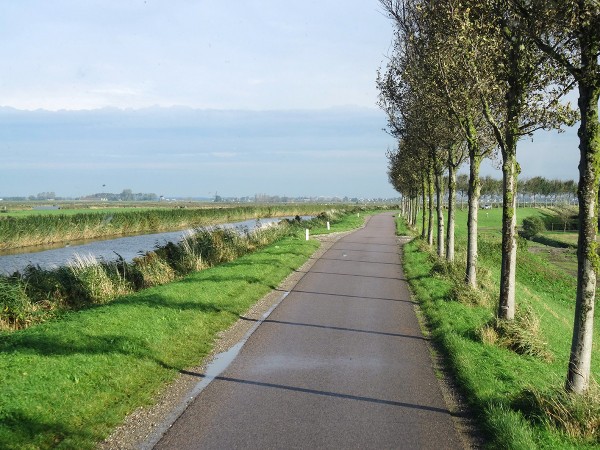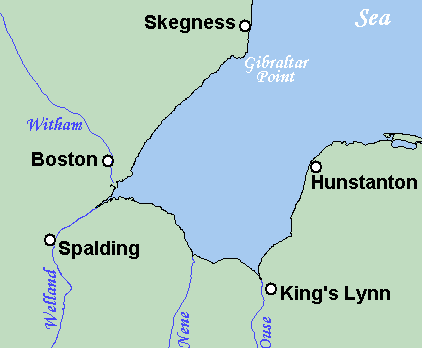 Much of the east coast of England is subject to tidal flooding. One such area is the coastline around the Wash, the huge bay between Norfolk and Lincolnshire. Most of the vulnerable shorelines are protected by sea defences, usually in the form of concrete walls or earth embankments, traditionally paid for by the government. But part of the Norfolk shoreline is protected by shingle banks, which require annual maintenance.
Much of the east coast of England is subject to tidal flooding. One such area is the coastline around the Wash, the huge bay between Norfolk and Lincolnshire. Most of the vulnerable shorelines are protected by sea defences, usually in the form of concrete walls or earth embankments, traditionally paid for by the government. But part of the Norfolk shoreline is protected by shingle banks, which require annual maintenance.
Full government funding for maintaining these banks ended in 2013. According to new government rules, only projects that provide at least £8 of benefits for each £1 spent would qualify for such funding to continue. The area under question on the Norfolk cost of the Wash does not qualify.
Between 2013 and 2015 the work on the shingle banks is being paid for by the local council charging levies. After that, the plan is for a partnership-funding approach, where the government will make a (small) contribution as long as the bulk of the funding comes from the local community. This will involve setting up a ‘community interest company’, which will seek voluntary contributions from local residents, landowners and businesses.
Sea defences are a public good, in that it is difficult to exclude people benefiting who choose not to pay. In other words, there is a ‘free rider’ problem. However, in the case of the Wash shoreline in question, one borough councillor, Brian Long, argues that it might be possible to maintain the flood defences to protect those who do contribute while ignoring those who do not.
Not surprisingly, many residents and businesses argue that the government ought to fund the defences and, if it does have to be financed locally, then everyone should be required to pay their fair share.
Radio podcast
 Holding back the sea BBC Radio 4, David Shukman (19/11/14)
Holding back the sea BBC Radio 4, David Shukman (19/11/14)
Articles
What is the price of holding back the sea? BBC News, David Shukman (19/11/14)
Firms will have to pay towards cost of sea defences between Heacham and Wolferton in West Norfolk EDP24, Chris Bishop (1/8/14)
Businesses between Snettisham and Hunstanton will have to pay for flood defences. EDP24, Chris Bishop (19/11/14)
Wash and west Norfolk sea defence repairs now under way BBC News (13/12/13)
Consultation document
Managing our coastline Borough Council of King’s Lynn and West Norfolk, Environment Agency
Questions
- What are the two main features of a public good? Are sea defences a pure public good?
- Is there a moral hazard if people choose to live in a coastal area that would be subject to flooding without sea defences?
- Who is the ‘public’ in the case of sea defences? Is it the whole country, or the local authority or just all those being protected by the defences?
- What are the problems with relying on voluntary contributions to fund, or partly fund, sea defences? How could the free-rider problem be minimised in such a funding model?
- Discuss the possible interpretations of ‘equity’ when funding sea defences.
- If ‘flood defences could be built or maintained to protect those who do contribute while ignoring those who do not’, does this mean that such defences are not a public good?
- Find out how sea defences are funded in The Netherlands. Should such a funding model be adopted in the UK?
